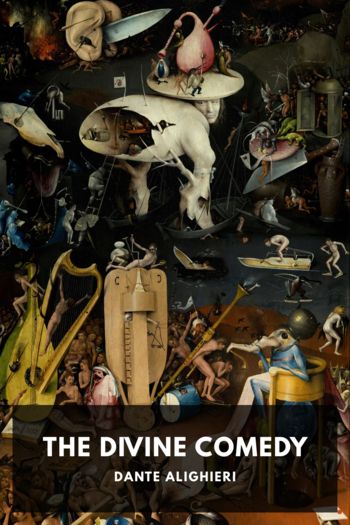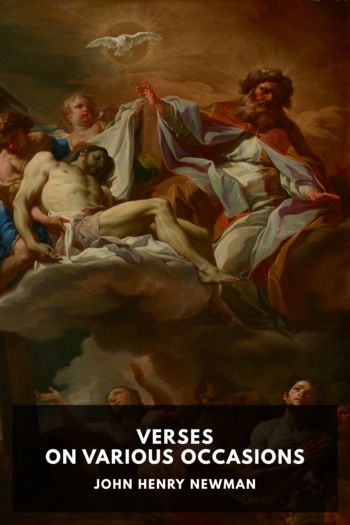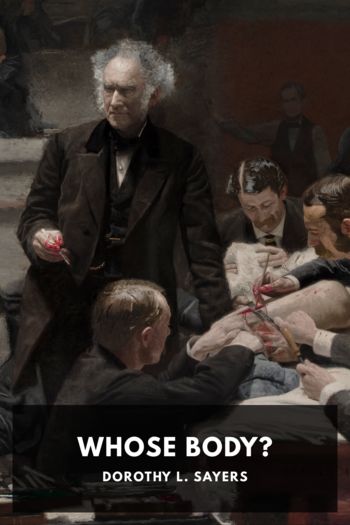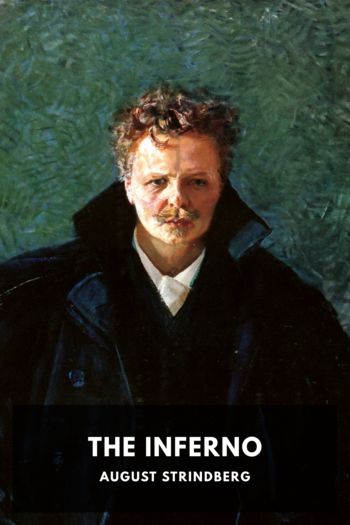The Divine Comedy, Dante Alighieri [best thriller novels of all time TXT] 📗

- Author: Dante Alighieri
Book online «The Divine Comedy, Dante Alighieri [best thriller novels of all time TXT] 📗». Author Dante Alighieri
“The mystical bird of two colors is understood in the manuscript of Herrade to mean the Church; in Dante, the bi-formed bird is the representative of the Church, the Pope. The Pope, in fact, is both priest and king; he directs the souls and governs the persons of men; he reigns over things in heaven. The Pope, then, is but one single person in two natures, and under two forms; he is both eagle and lion. In his character of Pontiff, or as an eagle, he hovers in the heavens, and ascends even to the throne of God to receive his commands; as the lion or king he walks upon the earth in strength and power.”
He adds in a note:—
“Some commentators of Dante have supposed the griffin to be the emblem of Christ, who, in fact, is one single person with two natures; of Christ, in whom God and man are combined. But in this they are mistaken; there is, in the first place, a manifest impropriety in describing the car as drawn by God as by a beast of burden. It is very doubtful even whether Dante can be altogether freed from the imputation of a want of reverence in harnessing the Pope to the car of the Church.”
↩
The wings of the Griffin extend upward between the middle list or trail of splendor of the seven candles and the three outer ones on each side. ↩
The chariot of the sun, which Phaeton had leave to drive for a day, is thus described by Ovid, Metamorphoses II, Addison’s Tr.:—
“A golden axle did the work uphold,
Gold was the beam, the wheels were orbed with gold.
The spokes in rows of silver pleased the sight,
The seat with party-colored gems was bright;
Apollo shined amid the glare of light.”
↩
In smiting Phaeton with a thunderbolt. Ovid, Metamorphoses II:—
“Jove called to witness every power above,
And even the god whose son the chariot drove,
That what he acts he is compelled to do,
Or universal ruin must ensue.
Straight he ascends the high ethereal throne,
From whence he used to dart his thunder down,
From whence his showers and storms he used to pour,
But now could meet with neither storm nor shower;
Then, aiming at the youth, with lifted hand,
Full at his head he hurled the forky brand,
In dreadful thund’rings. Thus th’ almighty sire
Suppressed the raging of the fires with fire.”
See also Note 247. ↩
The three Theological or Evangelical Virtues, Charity, Hope, and Faith. For the symbolism of colors in Art, see Mrs. Jameson, Sacred and Legendary Art, quoted Note 658. ↩
The four Cardinal Virtues, Justice, Prudence, Fortitude, and Temperance. They are clothed in purple to mark their nobility. Prudence is represented with three eyes, as looking at the past, the present, and the future. ↩
St. Luke and St. Paul. ↩
St. Luke is supposed to have been a physician; a belief founded on Colossians 4:14:—
“Luke, the beloved physician.”
The animal that nature holds most dear is man. ↩
The sword with which St. Paul is armed is a symbol of warfare and martyrdom; “I bring not peace, but a sword.” St. Luke’s office was to heal; St. Paul’s to destroy. Mrs. Jameson, Sacred and Legendary Art, I 188, says:—
“At what period the sword was given to St. Paul as his distinctive attribute is with antiquaries a disputed point; certainly much later than the keys were given to Peter. If we could be sure that the mosaic on the tomb of Otho the Second, and another mosaic already described, had not been altered in successive restorations, these would be evidence that the sword was given to St. Paul as his attribute as early as the sixth century; but there are no monuments which can be absolutely trusted as regards the introduction of the sword before the end of the eleventh century; since the end of the fourteenth century it has been so generally adopted, that in the devotional effigies I can remember no instance in which it is omitted. When St. Paul is leaning on the sword, it expresses his martyrdom; when he holds it aloft, it expresses also his warfare in the cause of Christ: when two swords are given to him, one is the attribute, the other the emblem; but this double allusion does not occur in any of the older representations. In Italy I never met with St. Paul bearing two swords, and the only instance I can call to mind is the bronze statue by Peter Vischer, on the shrine of St. Sebald, at Nuremberg.”
↩
The four Apostles James, Peter, John, and Jude, writers of the Canonical Epistles. The red flowers, with which their foreheads seem all aflame, are symbols of martyrdom. Massinger, Virgin Martyr, V 1:—
“What flowers are these?
In Dioclesian’s gardens, the most beauteous
Compared with these are weeds.”
↩
St. John, writer of the Apocalypse; here represented as asleep; as if he were “in the spirit on the Lord’s day, and heard behind him a great voice as of a trumpet.” Or perhaps the allusion may be to the belief of the early Christians that John did not die, but was sleeping till the second coming of Christ. This subject has been represented in medieval Art as follows. Mrs. Jameson, Sacred and Legendary Art, I 139:—
“St. John, habited in priest’s garments, descends the steps of an altar into an open grave, in which he lays himself down, not in death, but in sleep, until the coming of Christ; ‘being reserved alive with Enoch and Elijah (who also knew not death), to preach against the Antichrist in the last days.’ This fanciful legend is founded on the following text: ‘Peter, seeing the disciple





Comments (0)